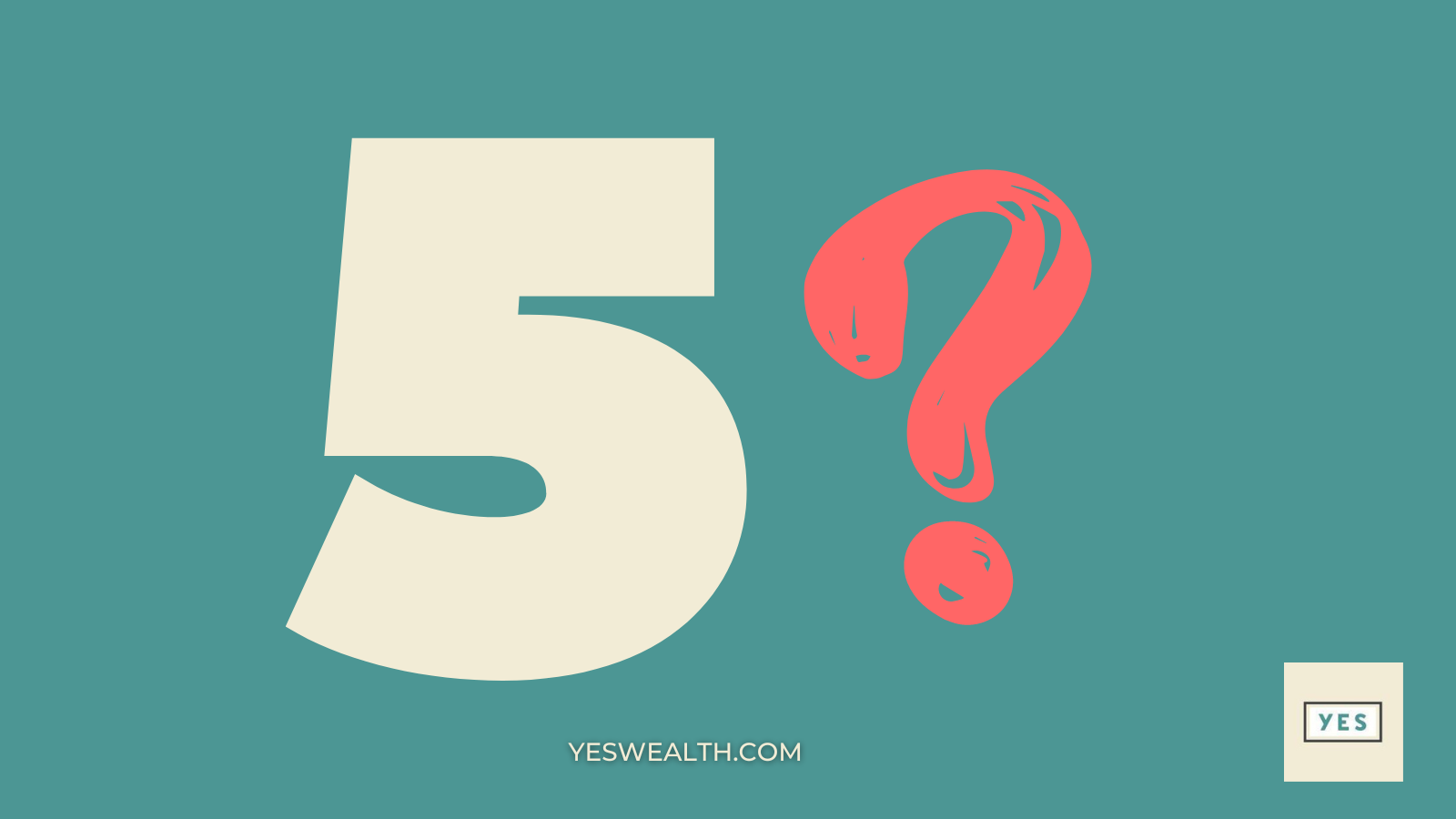Reasons For Optimism
By: Robert Schneeweis, Chief Executive Officer
Many headlines today reflect data that show things are getting better. Most important, of course, is the coronavirus. Even with vaccine issues in Europe and a peak in India, the global trend is encouraging. Good news indeed, but for investors we have to ask “Does this mean we will see a rise in the market or is much of the good news already in the prices of stocks and bonds?”
Certainly, some companies like airlines, hotels and resorts with the most to gain from economic reopening still look to have ground to make up from the virus-stalled economy. Housing prices are up dramatically across the U.S. From those perspectives, the market hasn’t come back too far. Unemployment numbers appear to be getting better, short-term interest rates are low and government stimulus for infrastructure is likely and kids are back in school. All reasons for optimism.
What can we expect then going forward? Many Americans have cash to spend or invest as Congress has been so aggressive with fiscal stimulus. Will this lead to rising stock prices or concerns over inflation and unpaid loans if they don’t continue these programs? Investors should be aware that the stock market overall is incredibly expensive in historical terms, and prices are very dependent on the Federal Reserve continuing to support low bond yields. One measure of long-term return vs risk is the “Cyclically Adjusted Price Earnings” (CAPE) ratio or “Shiller PE ratio”. At the current number of 37 it is more expensive than at any time in 150 years other than late 1999 and early 2000 (the dot-com bubble) and long-term interest rates are at historically low levels. The Federal Reserve is no doubt watching the prospects for employment, wages and prices, but they need investors to understand that it’s willing to rethink its monetary policy when the numbers demand. At the moment, I’m not sure that message is getting through to investors.
As we look at the current pandemic, it’s interesting to see that 1920 had a number of similarities to 2021 – digging out from the Spanish Flu beginning in 1918 vs today’s Covid-19, the combustion engine of a century ago vs the incredible new computer technology of today. So, will we have a booming stock market like the 1920’S? One critical difference between the start of the 1920s and today is as 1920 came to a close, the U.S. stock market was the cheapest on record – before or since – and today’s market by contrast is one the most expensive. The CAPE/Shiller ratio is not a signal about what will happen to stock prices in the near term or any specific path in the years ahead but it has been a good barometer of the return one may expect over the medium term.
Bottom line, the CAPE/Shiller ratio is not a holy grail of return forecasting, and factors other than “valuation” also impact future returns, such as GDP growth, investor sentiment (outlook for future investment returns), politics (stimulus and spending bills) and productivity gains. Investors need to be aware though that US stock market returns may be lower the next 10 years than they have been the last 10. Interest rates, while historically low now, won’t stay that way forever and existing bond holdings will suffer when rates do rise. More growth potential may exist outside of the US. But for now, the issue of the pandemic is getting better, kids are back in school and people are getting back to work, and for that we can all be thankful.







